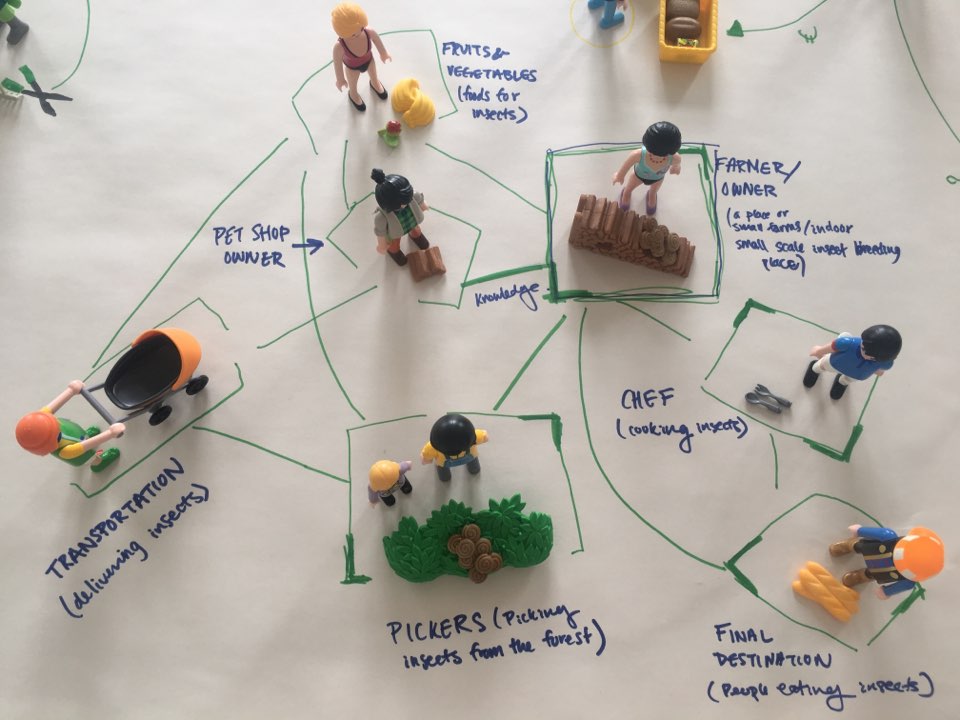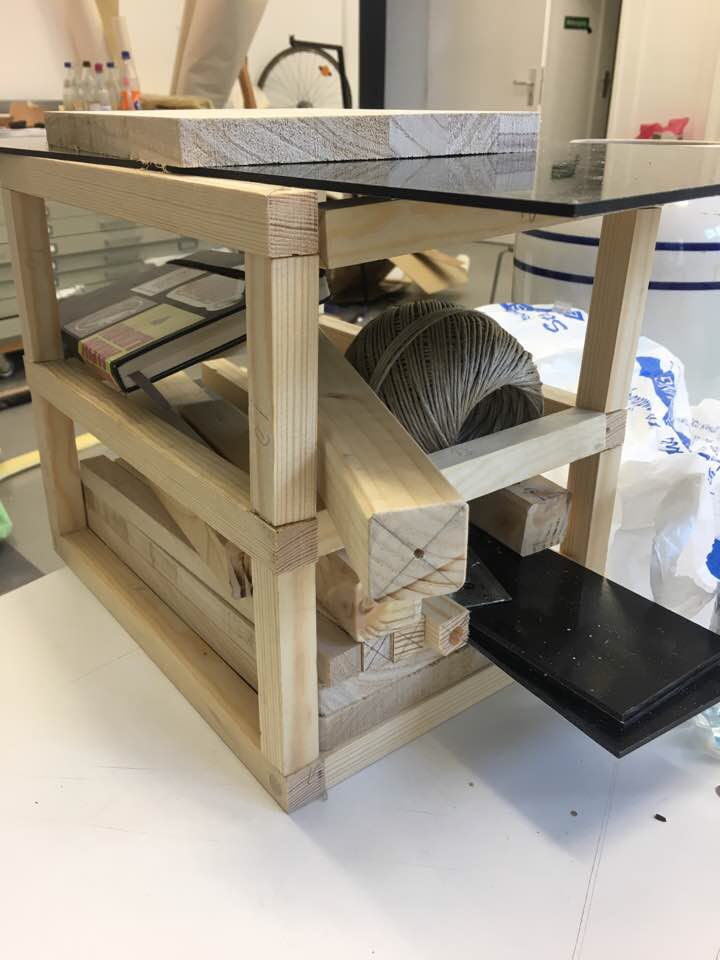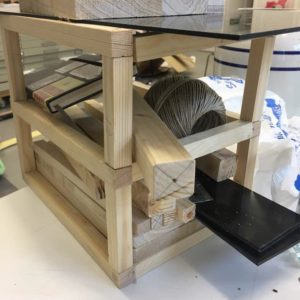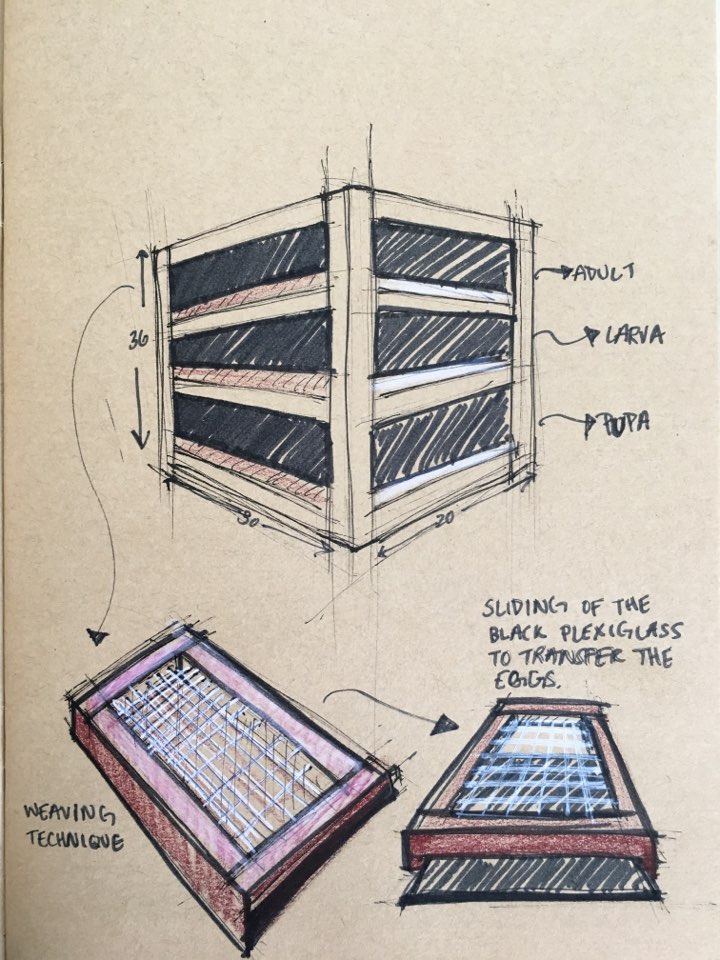
We are living in a world where many countries are facing food security issues. This means lack of quality, quantity and diversity. To solve this problem sustainably, people came up with a word called entomophagy, practice of eating insects. However, many would ask, why insects? It is because people overlook the advantages of insects and rather focus on their looks. One of the strengths of insects is they help curb food insecurity and malnutrition in Africa. For example, mealworms provide as much proteins, vitamins and minerals as fish and meat. Also, grasshoppers have proteins as lean ground beef with less fat per gram. Another benefit would be that it has a huge potential to reduce our overconsumption of natural resources. Farming and harvesting insects requires much less land and water than cows, pigs and sheep. So why not start producing insects?

Entomophagy already exists in Africa as a traditional way of eating a meal. They are collected by children and young adults, most of the time, and they enjoy it as part of a game. Yet, even the time of hunting is decreasing because many children are demanded to attend schools. Due to this issues, insects are not available for them a year long and it is considered as an instant food. Now, they should start farming and produce insects constantly. Even the Europeans and Americans have problem eating insects. They deny it because of the prejudice that they are dirty and carry disease. However, we have to learn how to love foods and to rebrand insects. There are some successful cases in the past. For example, potatoes were food for the poor, sushi were workers’ food and lobsters were considered as the cockroaches of the ocean. Yet, now these foods are internationally known and loved by many people. So, there is a possibility of changing people’s image towards insects. In fact, we already eat insects in our lives without realizing it. We eat 500 grams of insects per year through these foods:

So why not just eat insects as it is and why don’t we make a use of them for our healthier lives? People think that farming insects could create a mess and chaos and think that they do not have an access to it because they are very extensive. Therefore, I came up with the idea of creating a small scale indoor breeding product for insects. This could help both Berliners and Africans to eat insects all year long without worrying about the accessibility.
When I was doing a deeper research, I found some products that already exist. The main and the most popular product would be made by Katharina Unger. She have made series of products and here are some of them:

These products are very high- tech and focuses on the idea of raising insects indoors. Yet, my main concern is that it is so highly priced (almost $600 an average). This hesitates many customers because they would not want to buy this expensive products just for insects. Also, I would like to create a product that both Africans and Berliners can use, which means less cost and using accessible materials such as woods and roofing sheets.
First Image usage from Linked in: https://www.linkedin.com/pulse/top-4-most-eaten-insects-africa-why-insect-farming-has-iwuoha
Second Image usage from Indiegogo: https://www.indiegogo.com/projects/bugs-for-life-promoting-edible-insects-for-food-security#/
Third Image usage from TED: https://www.youtube.com/watch?v=po6WV_crB9o
Fourth Image usage from Dezeen: https://www.dezeen.com/2015/11/10/katharina-ungers-livin-farm-edible-insects-mealworms-home-grown/







 This is the outline structure of the whole product. It is DIY product that can be assembled and disassembled very easily.
This is the outline structure of the whole product. It is DIY product that can be assembled and disassembled very easily. The weaving process.
The weaving process. The black plexiglass for the walls.
The black plexiglass for the walls.
















